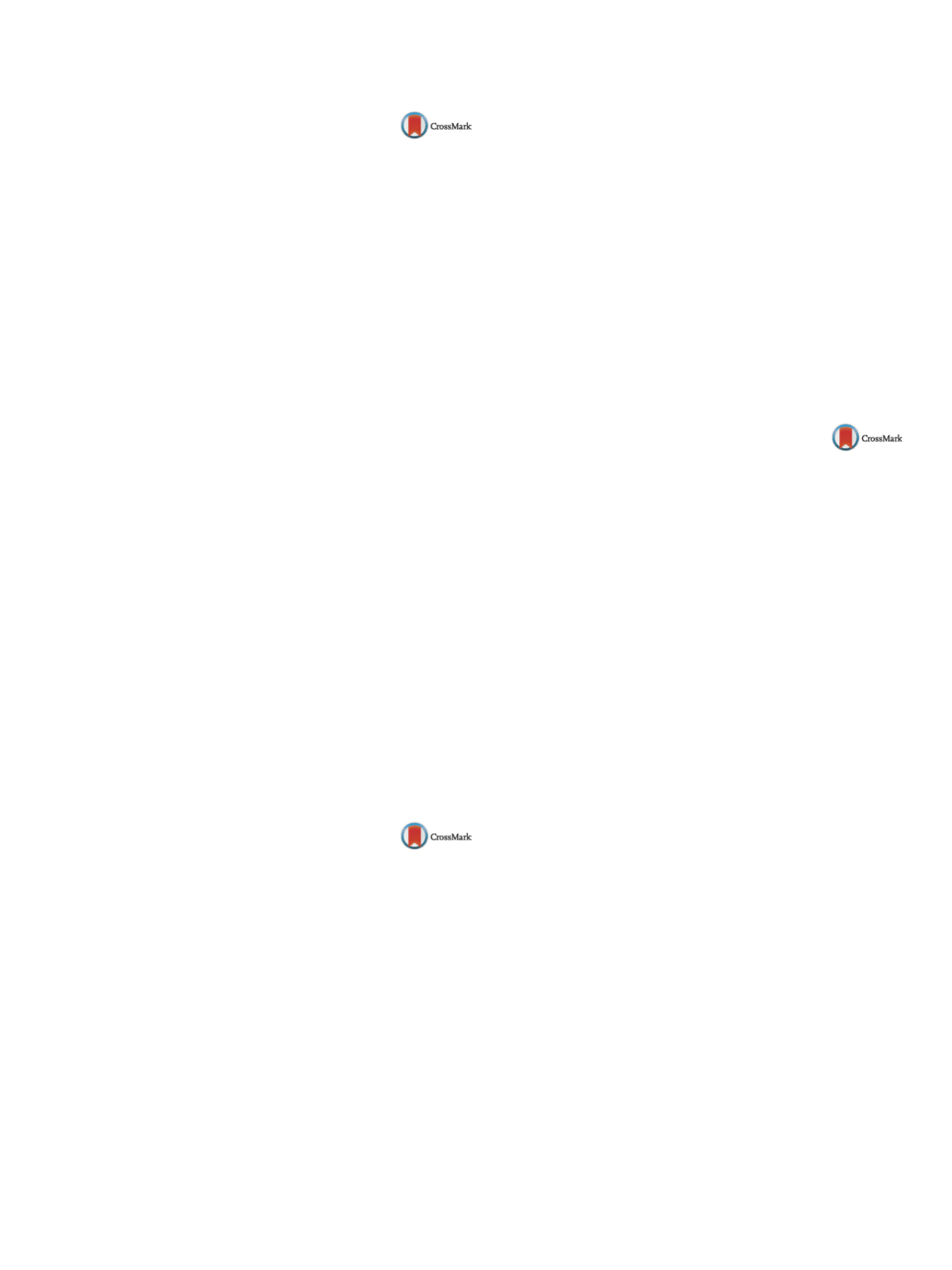

25th European Congress of Psychiatry / European Psychiatry 41S (2017) S847–S910
S857
EV1376
Self-care concept developed by drug
users
S. Antonia Oliveira
1 ,∗
, S.C. Vasconcelos
1, C.S.L.D. Piagge
2,
D.L. Veras
3, F.P. Souza
3, I.S. Frazão
3, K.L. Alves
1, M.R.R. Alves
2,
V.P. Ramos
31
Federal University of Paraíba UFPB, Public Health Nursing, João
Pessoa, Brazil
2
Federal University of Paraíba UFPB, Dentistry, João Pessoa, Brazil
3
Federal University of Pernambuco, Nursing, Recife, Brazil
∗
Corresponding author.
Introduction
The care to the alcohol and/or other drugs’ user
focuses on the logic of care for extended clinical and harm reduc-
tion, under the focus of the user and his family co-responsibility
towards treatment.
Aim
This study aimed to understand the concept of self-care
developed by drug users.
Methods
It is about a descriptive exploratory study with a
qualitative approach. It was conducted in a center of psycho-
social attention (CPSA), in Recife, Pernambuco, Brazil. The study
participants were alcohol and/or other drugs users, over the
age of 18 years, both sexes and were in treatment in the
mentioned service in morning, afternoon and evening shifts.
Data collection occurred in consultation records and individual
interviews for the sample characterization, and three operating
group sessions, one per shift, guided by the question: “what
is self-care for you?” The interviews and sessions were audio-
recorded, transcribed and submitted to analysis by ALCESTE
software.
Results
It was noted that self-care was conceptualized by the
drug users from different points of view. For some, self-care is to
self-protect, for others it means taking medications. The family,
religion and CPSA were identified as a support network for the
self-care maintenance. Furthermore, the self-care was related to
the desire to recover losses.
Conclusion
This study provided the understanding improvement
of the self-care concept, supporting the care practice for the inter-
ventions planning, targeting the co-responsibility of the alcohol
and/or other drugs users.
Disclosure of interest
The authors have not supplied their decla-
ration of competing interest.
http://dx.doi.org/10.1016/j.eurpsy.2017.01.1706EV1377
Regional features of prevalence of
cannabinoid dependence in children
in Siberia
I. Artemyev
1 ,∗
, S. Vladimirova
21
Mental Health Research Institute, Tomsk National Research Medical
Center of RAS, Addictive States Department, Tomsk, Russia
2
Mental Health Research Institute, Tomsk National Research Medical
Center of RAS, Department of Coordination of Scientific
Investigations, Tomsk, Russia
∗
Corresponding author.
Aim
To distinguish socio-cultural predictors of cannabinoid
dependence of child population in Siberia.
Methods
Clinical verification of dependence, due to cannabinoid
use in the age group “0–14 years” across 22 administrative terri-
tories of Siberia and the far east. Review, of statistical materials of
regional narcological institutions.
Results
Cannabinoid dependency in children has been revealed
in 8 of 22 territories–intensive indices per 10,000 of the population
of the matched age were in two territories–0.2, one territory–0.4,
in two–0.7, and in three–2.1, 3.2, 14.0, respectively. In the related
territories, the specific weight of cannabinoid dependence in total
structure of substance dependence for population as a whole
(children, adolescents, and adults) was as follows: 0.7%, 0.8%, 2.7%,
3.5%, 27.2%, 67.6% and 76.9%. Therefore, for those territories where
ill children are under observation their number per 10,000 of the
population is closely associated with structural size of addictions:
high level of cannabinoid dependence, formed in the territory,
is interrelated with greater number of children, dependent on
cannabinoids in this territory. With account for made corrections
it should be recognized that “saturation level” of the territories, in
particular, with cannabinoids results in higher indices of substance
dependence among child population.
Conclusions
It should be considered that calculation of intensive
indices is conducted for the age group “0–14 years”while diagnosed
age range includes children aged 9–14 years, therefore, real indices
of dependence, with account for this hypothetical correction, are
three times higher as a minimum.
Disclosure of interest
The authors have not supplied their decla-
ration of competing interest.
http://dx.doi.org/10.1016/j.eurpsy.2017.01.1707EV1378
Selincro use in a patient diagnosed
with dependence to stimulants,
alcohol abuse and hyper-sexuality
A. Ballesteros
∗
, Á.S. Rosero , F. Inchausti , E. Manrique , H. Sáiz ,
C. Carrión
Red de Salud Mental de Navarra, Psychiatry, Pamplona, Spain
∗
Corresponding author.
Introduction
Hyper-sexuality is an increased sexual activity that
causes stress the individual at social levels. There are studies
that support the theory that neurophysiological abnormalities of
individuals appear in this disorder and do not overlap with the
alterations found in substance addictions. However, it is doubtful
whether addiction to other substances can trigger behavior in the
sexual sphere.
Objective
To report a case of abuse of alcohol as a trigger relapse
in terms of sexual alterations in a patient diagnosed with alcohol
abuse, stimulants dependence and hyper-sexuality.
Case description
Here we report a married gentleman in the
fourth decade of his life that presents behavior and sexual
activity level compatible with a case of hyper-sexuality. After
conducting motivational interviews with the psychologist to aim
a sustained abstinence of amphetamines and a lack of alter-
ations on the sexual sphere, the patient achieved clinical stability
over several years. However, it is referred for psychiatric con-
sultation as he presented recently abusive alcohol consumption
associated with Speed. He relapsed in the sexual sphere by
increasing sexual desire and impulsiveness. It was decided to pre-
scribe oral nalmefene (1 tablet daily) for two months and then
stop treatment regularly (taken PRN in case of high risk sit-
uations). As a result, he has had sustained remission for over
6months.
Conclusion
Although, there are studies suggesting that neurobio-
logical changes among the pathologies described are different, the
treatment of alcohol abuse can be beneficial in other diseases such
as hyper-sexuality as disinhibition associated with alcohol intoxi-
cation.
Disclosure of interest
The authors have not supplied their decla-
ration of competing interest.
http://dx.doi.org/10.1016/j.eurpsy.2017.01.1708

















